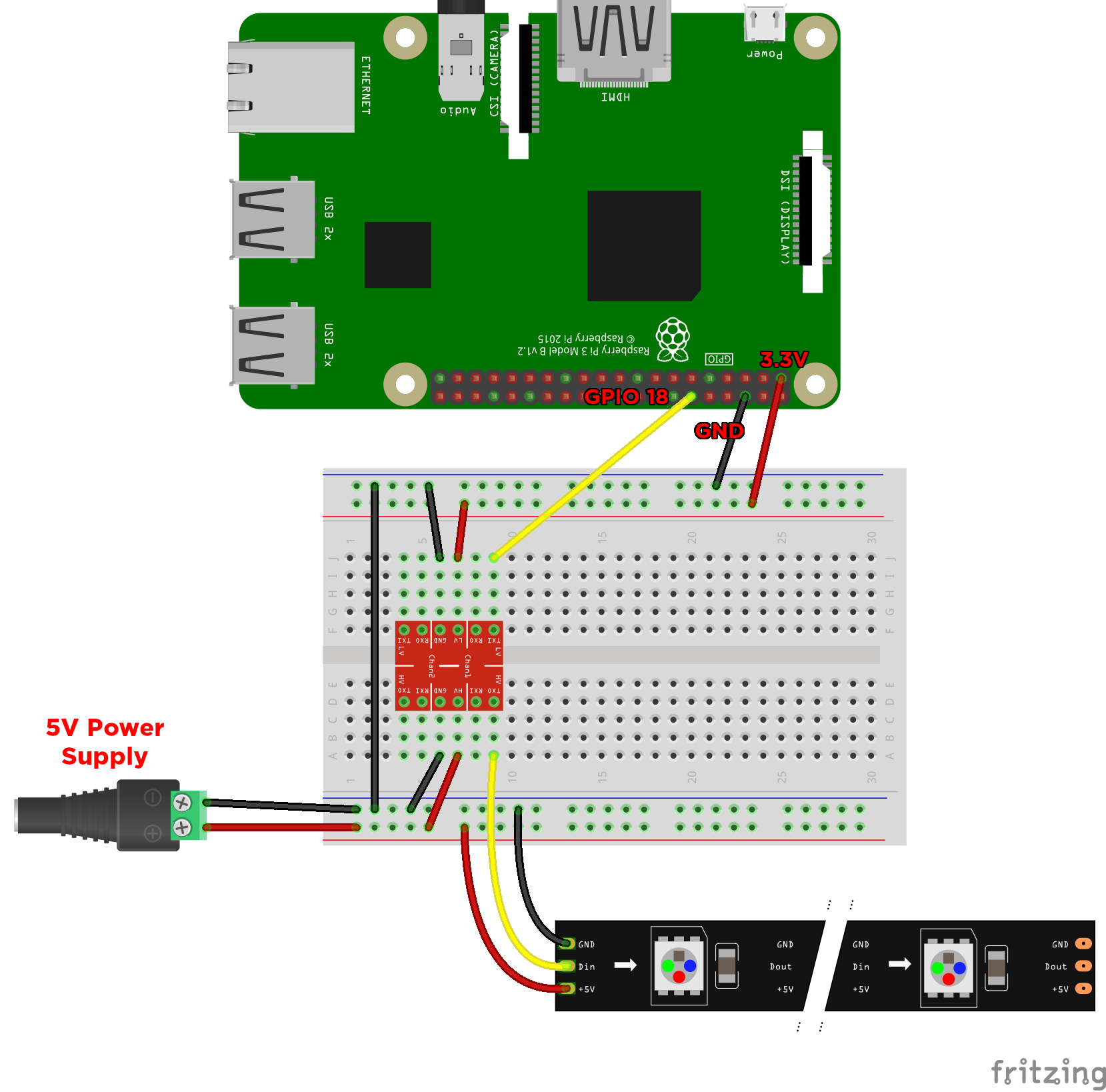
Pthread C Raspberry Pi Install The Libraries
Go to the Makefile settings page.I will be installing Wifite on a clean version of Raspbian on my Raspberry Pi 3. Right-click on the project in Solution Explorer and choose VisualGDB Project Properties. The next step would be to import them to the cross-compiler. This will build all the necessary files and install the libraries and include files into the corresponding directories on your Raspberry PI.
Pthread C Raspberry Pi How To Use The
A Raspberry Pi (models 1B and 3B, in my case)The model of the stepper motors I used is the 28BYJ48. Stack Exchange Network Stack Exchange network consists of 178 Q&A communities including Stack Overflow , the largest, most trusted online community for developers to learn, share their knowledge, and build their careers.I first got started using Simon Longs C & GUI Programming book which referenced Gtk 2.0 and provided a command to install that is similar to the above (sudo.Recently I’ve done the last change to the code.In this post I will try to describe in a simple way how to use the library, also with the help of some examples. Type in the following command:About two years ago I wrote a simple C++ class to drive a small stepper motor using the Raspberry Pi.Here is the code pthreadsimple.c: include Here below you can see the sequence of the operations and the source code, as I said previously.// A simple test to drive the stepper motor.// NOTE: Before starting, the current position of the// stepper motor corresponds to 0 degrees// Rotate of 90 degrees clockwise at 100% of speed// Rotate of 90 degrees counterclockwise at 80% of speed// Rotate of 180 degrees clockwise at 100% of speed// It stops at +90 degrees (because of the threshold)// Rotate of 270 degrees counterclockwise at 60% of speed// It stops at -90 degrees (because of the threshold)In this example, a further stepper motor has been added. Test_1.cppThis first test runs only one stepper motor. /Test_N, where N is the number of the test (1, 2 or 3). Instead, moving from (x,y) = (0,1) to (x,y) = (-1,0) means to have described a negative angle of 90 degrees.In order to run the executables you have to launch the command.



 0 kommentar(er)
0 kommentar(er)
